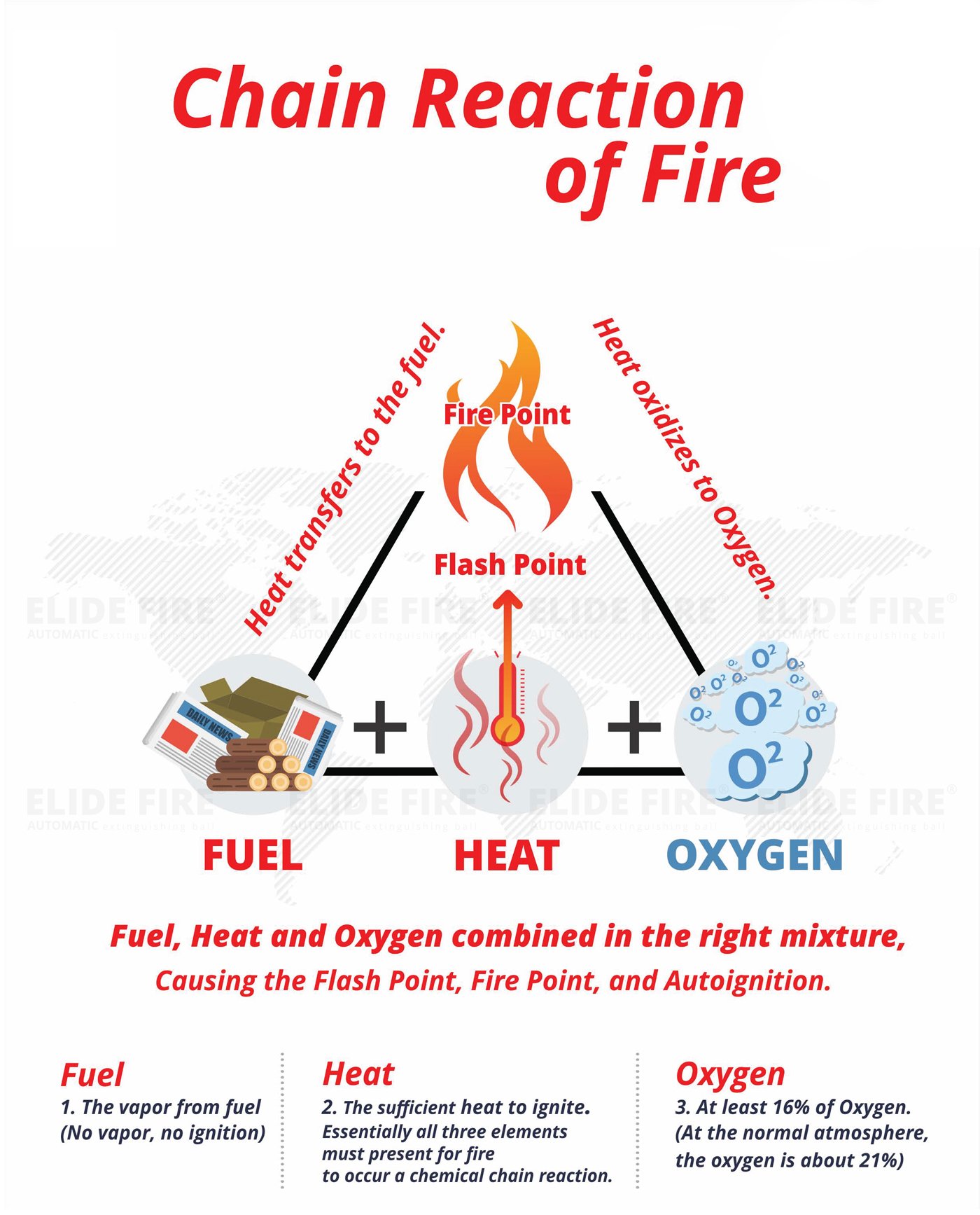Last updated: 5 Jun 2023 | 10072 Views |

The fire is caused by all kinds of fuels or every substance in the world as there is a proton. When the proton has an error, it will run into the proton. When it gets heated, it will be formed rapidly to an oxidation of materials in the exothermic combustion process which releases heat and light.
Every material has proton and friction. Also, when other material stimulates such as friction, friction or the beam of light. Matter which contains protons will form an antiproton, running into the proton causing the heat as it combined with oxygen and turned into the flame.
Therefore, when the fire caused by the incorporation of 3 elements, gathered proportionally to the chain reaction of fire until the fuel runs out, then the fire will disappear but still has the heat. If there is no chain reaction of fire, the fire will be extinguished.
It can be concluded that the flashpoint is using 3 elements and the chain reaction of fire is using 4 elements.
FUEL materials that can be ignited.
HEAT an element that is able to reach high temperatures which caused the flashpoint and ignited the fuel.
OXYGEN in the general atmosphere already has about 21% oxygen which can help to ignite
There must be a temperature that is high enough to ignite the fuel, it called “Flashpoint“. Anyway, it depends on the substance of that fuel.
High temperature can occur in 2 types as follows:
1. Increasing in heat by conduction, radiation until the temperature reached the flashpoint.
2. Chain Reaction: automatic combustion will be connected when the fuel is lit up, the fuel molecules break down into smaller molecules until they are converted into gas and then continuously ignited into chains. If the chain reaction is interrupted, the combustion will stop.
Fire is a chemical chain reaction involving rapid oxidation or burning of fuel. It needs three elements to trigger fire: fuel, oxygen (O2), and heat. Fire chain reaction will occur when all three elements are present in the proper conditions and proportion. To prevent or extinguish a fire, only one of these three elements needs to be eliminated. Fire extinguishers were designed to eliminate heat and oxygen, or creating barrier between fuel and oxygen, depending on the contents of the extinguisher.
Class A, B, and C are the most common classes and represent 98% of all fires. The contents in fire extinguishers that have them work are either liquid, or more commonly, dry chemical. Liquid chemical or water is used to reduce the heat, while dry chemicals interrupt the fire reaction by creating a barrier between oxygen and the fuel source. Dry chemical is the most versatile and widely used application for extinguishing of the common Class A, B, and C fires.